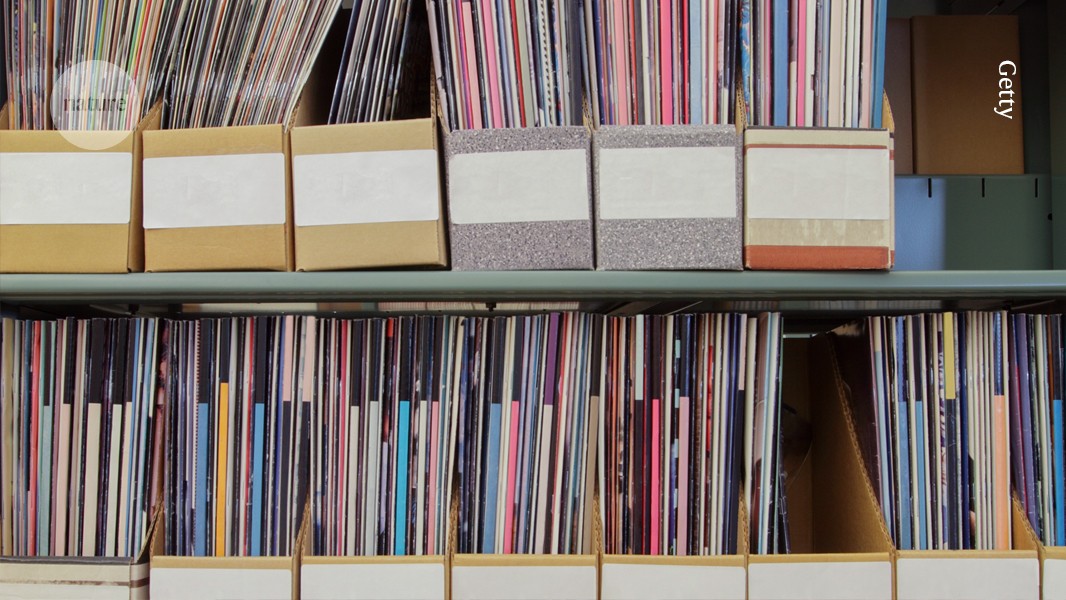Western scientists more likely to get rejected papers published — and do it faster
Authors from Western countries navigate the peer-review system more successfully than those from other nations, literature-tracking study suggests

Academics hope to publish their research in journals (shown), but their initial submissions are often rejected.Credit: Getty
Like actors and writers, researchers experience their fair share of rejection. Scientists submit their work to journals, hoping that it will be accepted, but many manuscripts are rejected from their authors’ top-choice publication and eventually get accepted by another. A considerable number of submissions don’t ever find a home.
A study1 sheds light on this process of rejection and resubmission, which it argues can be skewed by the differing attitudes and behaviours of researchers around the world.
After following the fate of some 126,000 rejected manuscripts, the research team found that authors in Western countries are almost 6% more likely than are those based in other parts of the world to successfully publish a paper after it has been rejected. This could be, the authors suggest, because of regional differences in access to ‘procedural knowledge’ of how to deal with rejection — how to interpret negative reviews, revise accordingly and resubmit to a journal that is likely to accept the work. (Many academic journals are based in Western countries.)
“Maybe it’s something about being in the right networks and being able to get the right kind of advice at the right time,” says co-author Misha Teplitskiy, a sociologist studying innovation in science and technology at the University of Michigan in Ann Arbor.
Rejection review
Teplitskiy and his colleagues worked with data provided by IOP Publishing (IOPP), a company based in Bristol, UK, that publishes more than 90 English-language journals and is owned by the Institute of Physics.
They examined around 203,000 manuscripts that were submitted to 62 of IOPP’s physical-sciences journals between 2018 and 2022. Some 62% were rejected. The team scoured a bibliometric database to see whether the same (or similar) work was subsequently published elsewhere. They then sorted these publications by the geographical region of the corresponding author — the researcher who is usually in charge of a study’s publication process — and compared the outcomes for authors from the West (which they define as North America, Europe and Oceania) with those from the rest of the world.

Source: Ref. 1
To compare the fate of rejected papers as fairly as possible, the authors categorized them by quality, using the ratings and comments of the original peer reviewers recorded in the IOPP data. In this way, they could compare ‘like for like’: for example, looking at whether low-quality papers from Western authors had different outcomes to those rated as similar quality but written by authors from other parts of the world.
The analysis — published ahead of peer review as a preprint on the SSRN server1 — showed that corresponding authors from Western countries are 5.7% more likely to publish a manuscript after rejection than those from other regions. In a process that often takes up to 300 days, they did so 23 days faster, on average. These authors also revised the abstract of their manuscript — a proxy for the overall paper — 5.9% less often, as defined by a computational ‘edit distance’ metric. And, ultimately, they published in journals with 0.8% higher impact factors. This metric reflects how often papers in a journal are cited, but is equated by some with the journal’s reach and prestige.
In a breakdown by country, the team’s analysis showed that around 70% of papers from Asian nations such as China and India were published eventually, compared with 85% from the United States, and close to 90% for many European countries (See ‘Publishing outcomes by country’).
What’s responsible for these differences? It’s hard to be sure, Teplitskiy says, but the results are consistent — at least in part — with the idea that the tacit norms and rules of the publishing process circulate more widely in the West, which leads to a higher likelihood of successful responses by Western scientists to rejections. His team tried to ask the authors of rejected papers about this hypothesis in a follow-up survey, but got few responses.
“People hate surveys in general, but they really don’t like surveys about their rejected papers,” he says.
Navigating the system
The way the authors rated and compared papers of similar quality is a good approach, says Honglin Bao, a data scientist at Harvard Business School in Boston, Massachusetts, who worked previously in China: “I think this works.”
Differing procedural knowledge could contribute to the well-known bias in the peer-review system against researchers who are not based in Western countries, Bao says. Another possibility is that cultural factors work against researchers and add to the system’s bias. For example, many journals are written in English, which puts researchers whose first language is not English at a disadvantage, and could contribute to their poorer performance after rejection.
Teplitskiy will now face the possible rejection–resubmission cycle himself. He has submitted the study to the journal Proceedings of the National Academy of Sciences for peer review, but is realistic about the probable outcome. “I think this paper’s great, but I know the process is noisy,” he says. “We expect that it will bounce around early on and then land somewhere.”
doi: https://doi.org/10.1038/d41586-024-02142-w
This story originally appeared on: Nature - Author:David Adam


















